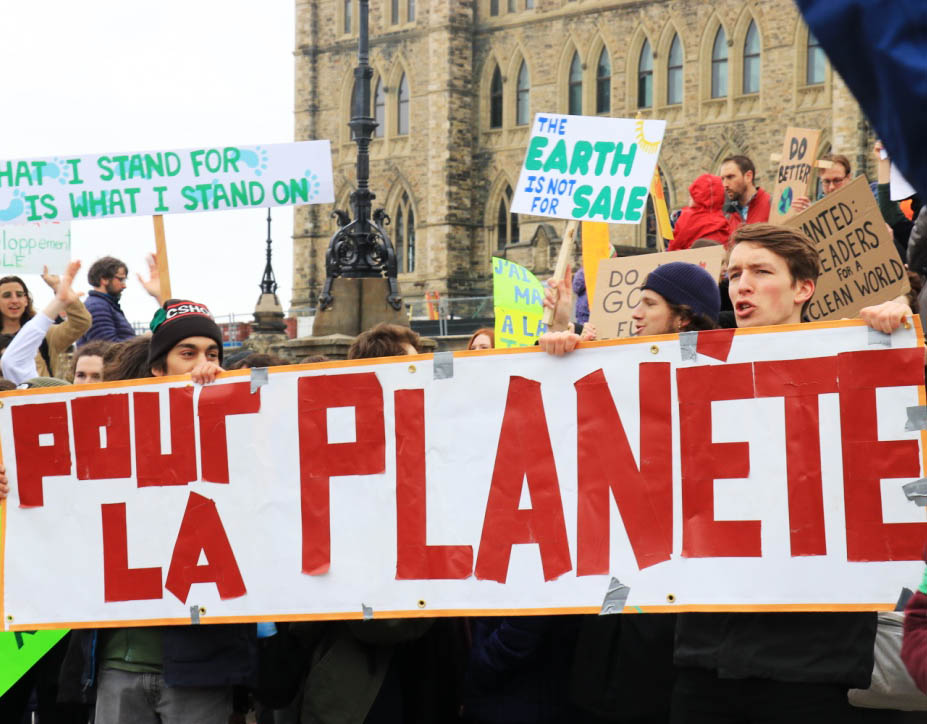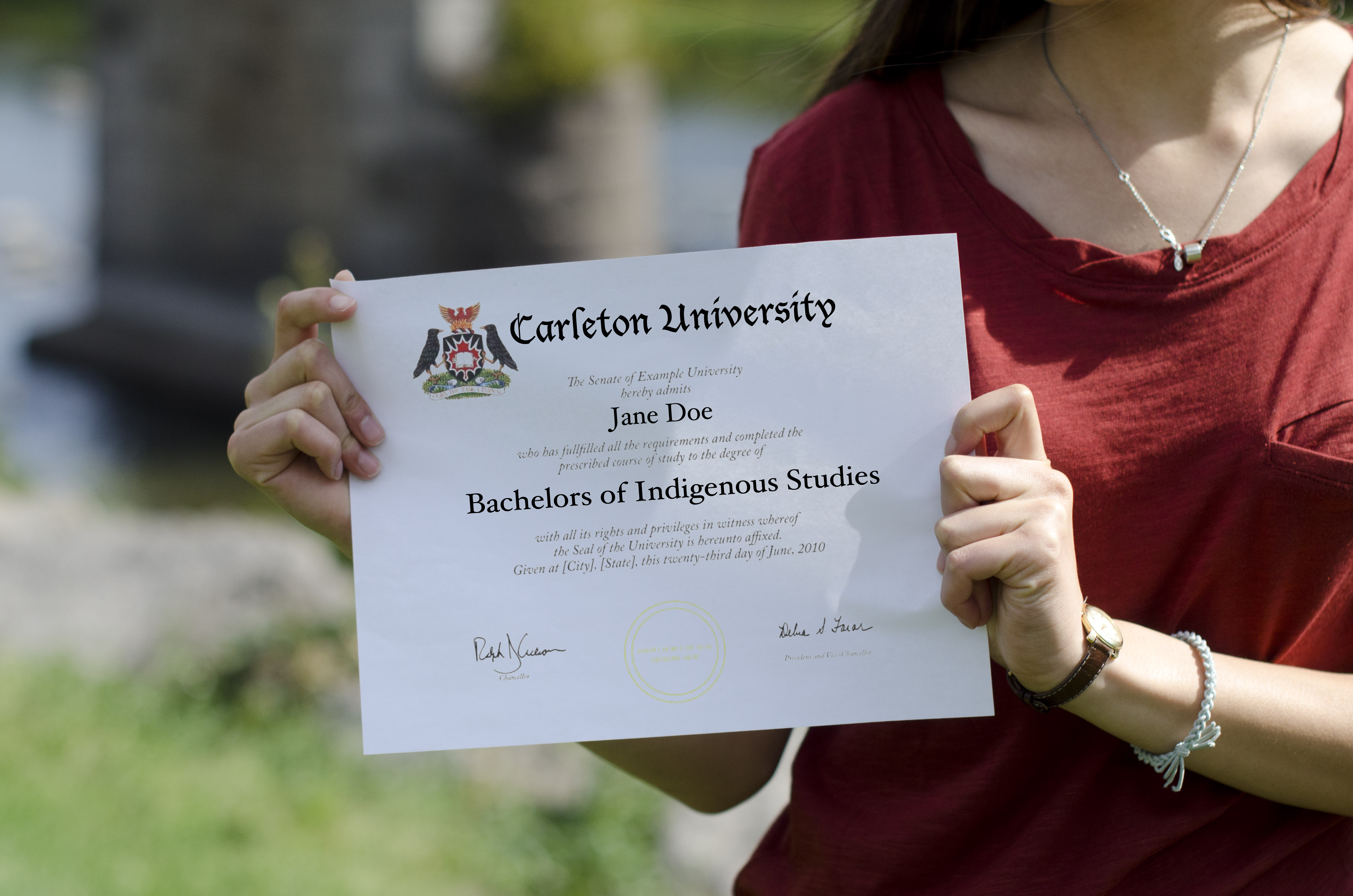Bailey Moreton reports on how youth activism is influencing university’s policies of sustainability and climate change.
With files from Mariam Abdel-Akher and Marieta-rita Osezua.
Graphics by Paloma Callo. Photos by Meral Jamal.
Thousands of students united in cities across the world and marched in protest as part of the Global Climate Strike on March 15. The global cry for change was aimed at political leaders, calling on them to start taking meaningful action to combat climate change.
“There’s been a really awesome push from young people to claim their voices and empower themselves, as a result of lack of leadership from ‘adults’ on climate issues,” said Lauren Latour, renewable city organizer with Ecology Ottawa.
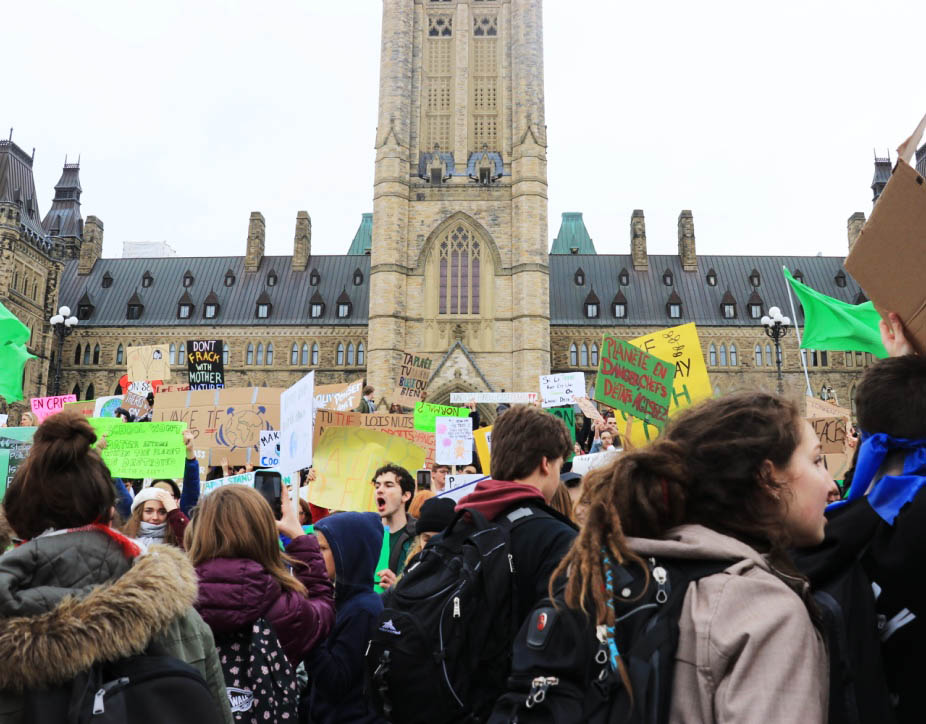 Students of all ages from at least 112 countries walked out of class on Mar. 15 as part of the worldwide day of action called the Global Climate Strike. Ottawa saw its own protests, with people gathering on Parliament Hill.
Students of all ages from at least 112 countries walked out of class on Mar. 15 as part of the worldwide day of action called the Global Climate Strike. Ottawa saw its own protests, with people gathering on Parliament Hill.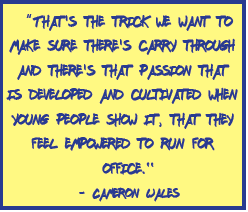
The climate strikes which are going on around the world show signs of promise for youth involvement in creating change, said Cameron Wales, a Carleton University alumnus and 22-year-old city councillor from Brockville, Ont.
“If you’ve got somebody who’s 15 and they’re climate-striking right now, in four years I want that person to run for municipal office in Ontario,” he said. “And that’s the trick—we want to make sure there’s carry through, and there’s that passion that is developed and cultivated when young people show it, that they feel empowered to run for office.”
Studying activism
Latour, got her start in climate activism in school with the fossil fuel divestment movement, when she was a student at Mount Allison University in New Brunswick.
“The fossil fuel divestment movement was taking young people who were really passionate about environmental issues and taking action on climate and politicizing them, and teaching them the importance of community organizing and movement-building.”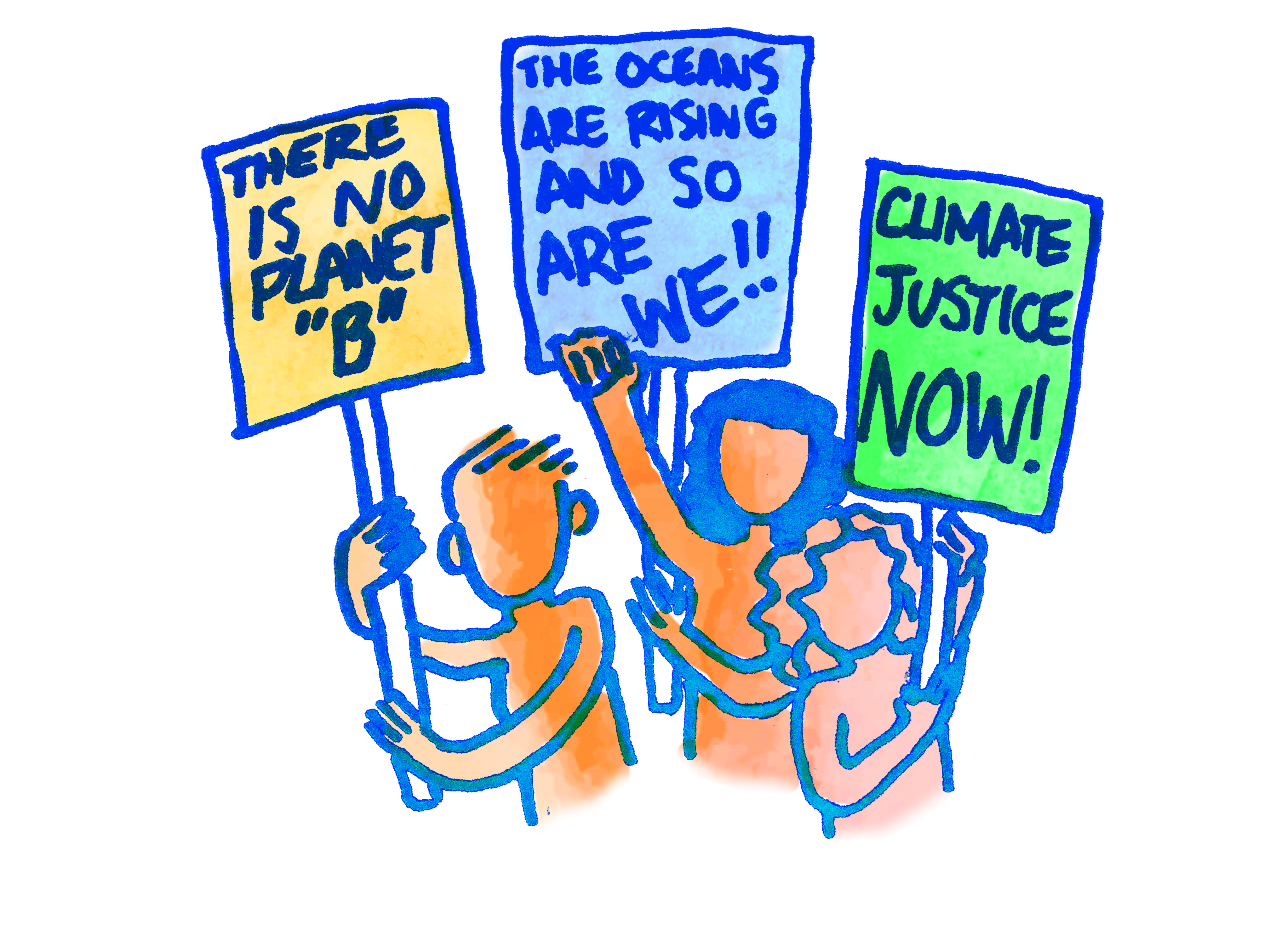
Now, Latour is also the coordinator for the Youth Climate Ambassadors program of Ecology Ottawa. Latour said campuses are great places for people who are looking to get involved in the activism scene.
“There’s so much power young people have on their campuses, and there’s so much to be learned from those experiences.”
Across Canada, universities have faced pressure from student groups to divest from fossil fuel-producing companies. However, as previously covered in the Charlatan, the University of Guelph postponed their decision on whether to divest from fossil fuel companies. So far, only Laval University has done so in Canada.
There is a great deal of enthusiasm for action on climate change, but are universities in Canada listening?
What ‘re schools doing now?
The Sustainability Tracking, Assessment & Rating System (STARS) is a self-reporting outline run by the Association for the Advancement of Sustainability in Higher Education (AAHSE).
It gives post-secondary campuses mainly across North America a framework with which to track their progress in making campus more sustainably run. Participants volunteer to submit their data and then the school is given a grade of bronze, silver, gold, or platinum.
Schools can score out of 200 based on the categories decided upon by a panel of experts. There are four broad categories: academics, engagement, operations and planning and administration, which are then split into corresponding sub-categories, in topics such as waste management and research.
All the reports with the grades are openly available on the website. This was important, according to Julian Dautremont, director of programs at AAHSE, so universities felt the process was fair and transparent throughout.
“There was a lot of angst about it,” he said. “There are always institutions who find that the STARS rating system is harder for their kind of campus.”
Dautremont said because STARS encompasses so many different things, from eco-friendliness of buildings to transportation, there will be challenges based on their location.
Jonathan Rausseo, sustainability manager at the University of Ottawa (U of O), is the person responsible for reporting U of O’s data to STARS. This is the third time the U of O has participated, and Rausseo said there has been an improvement in their score each time.
Currently, Carleton has a silver rating, as does the University of Ottawa. Thompson River University, in B.C. is the only postsecondary institution in Canada with a platinum rating. Twelve universities and colleges have gold ratings, with only two coming from Ontario.
According to Rausseo, there have been significant strides at the University of Ottawa, with CO2 emissions on campus at almost half of what they used be in 1974, through changes such as retrofitting buildings to be more eco-friendly and making campus more accessible by bicycle.
In recent years, the university has also sought to cut their investments into CO2-producing companies, such as fossil fossil fuel companies, by 30 per cent. This represents the school’s partial move towards divestment.
According to Philip Mansfield, Carleton’s manager of sustainability programs, Carleton has a goal of being carbon-neutral by 2050.
Mansfield said Carleton has also been striving to implement a better food waste management system around campus. Installed in the University Centre food court, this system has a more thorough system of organizing trash into different waste bins, from organic foodstuffs to aluminum material to regular paper and plastic recycling. In the STARS rating system, Carleton received 1.36 out of 7 for the sustainability of their dining services.
This summer, Carleton will also be looking at putting compost bins outside some buildings on campus.
According to Dautremont, because the STARS rating system is not global, it gives the situation around postsecondary sustainability a rose-coloured tint.
“You have to have enough of the sustainability infrastructure in place to even be able to participate,” he said. “So, the pool of institutions that we have that are doing it are the leaders, and are not necessarily representative of higher education as a whole.”
But, some institutions within the system are making “exciting” changes said Dautremont, by doing things such as investing in renewable energy infrastructure off-campus.
Overall, the plan with STARS system is to expand globally. AAHSE is not an advocacy group, so they do not pressure schools to improve their grade. Rather, the system is meant to be used as a tool to allow schools to track their progress, Dautremont said.
Education is the solution
Mansfield said this was the first year Carleton has participated in the STARS rating program. The school is using the report as a framework for creating future goals, such as introducing more sustainability-focused programs.
Mansfield also said Carleton is looking at reviewing their information on their website— their community engagement.
“Part of of it is informing people. It’s hard to raise your voice because there’s so many other things going on, on campus. Even if they’re not studying climate change, how do we have the university ensure that anyone who graduates within the university setting has a sort of baseline knowledge around sustainability?” – Philip Mansfield, manager of sustainability programs at Carleton University
According to Rausseo, this is a more effective course of action for universities to take when dealing with sustainability.
“Universities have amazing handprints—they have the the ability to change other people’s habits by doing research, and by showing people how you can be better,” he said. “It turns out that showing people like educating people toward sustainability, and demonstrating how you can be more sustainable, actually has a much bigger impact for the world instead of just trying to reduce your own personal emissions.”
Educating youth on sustainability and climate change doesn’t just happen through universities. Ecology Ottawa’s Youth Climate Ambassadors program is made up of 40 young people, the majority between the ages of 17 and 27.
The program splits the 40 participants into four learning groups, working with different local organizations focused on climate issues around food, transportation, green spaces, and renewable energy.
“We’re hoping that we’ll be able to develop a base of young people who are super literate on a number of climate issues at a municipal level and provided the tools to act on climate in Ottawa,” Latour said.
Role of students
Latour said the ongoing climate movements across the world are a promising sign for the future, but there are many ways of creating change.
“What it really stands to do is galvanize other young people and make them see they have a power that if wielded effectively could be game-changing. It’s not necessarily speaking to power, but speaking to other young people and asking them to step up.” – Lauren Latour, Youth Climate Ambassador’s coordinator
Part of the application for the youth ambassadors program was answering the question, “What is your vision for Ottawa in 10 years?” Latour said the program hopefully will give people the tools they need to make the changes they envision, either through activism or by being elected into political office.
Dautremont said from what he has seen students are the big instigators for change around climate change on postsecondary campus. Rausseo, reiterated the sentiment. He said a lot of the programs that he runs around climate change are started by students.
“I think students have a big role to play, not only as drivers to help push us in that direction, but also, in terms of bringing new ideas, and new practices,” said Rausseo. “A lot of the programs I run here on campus are usually started by students.”


